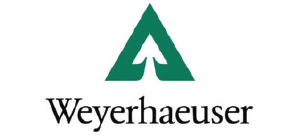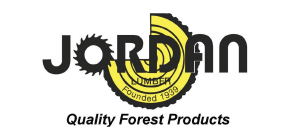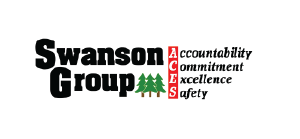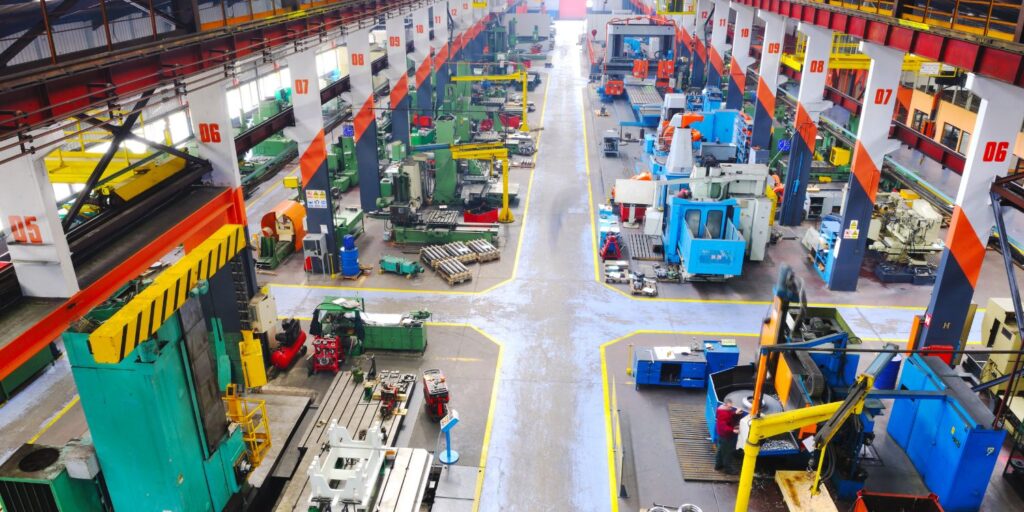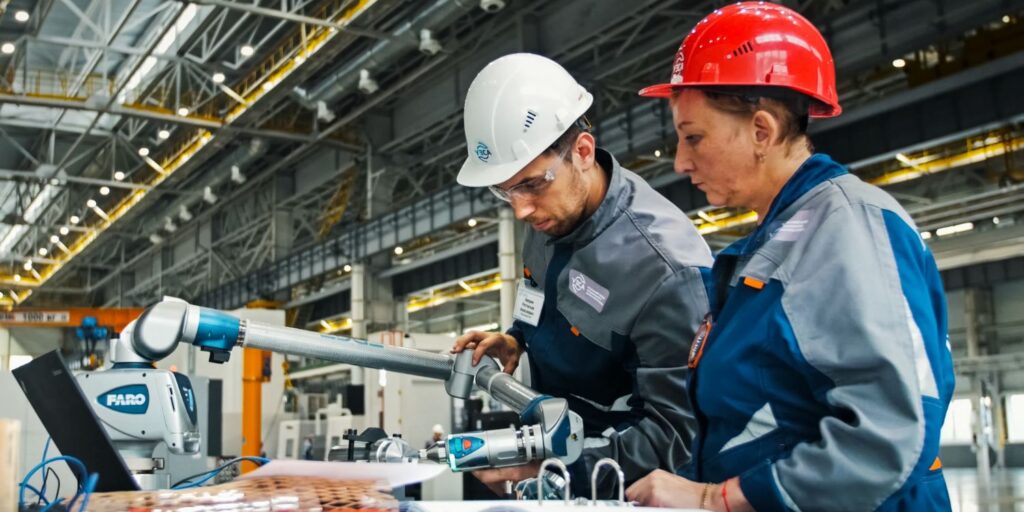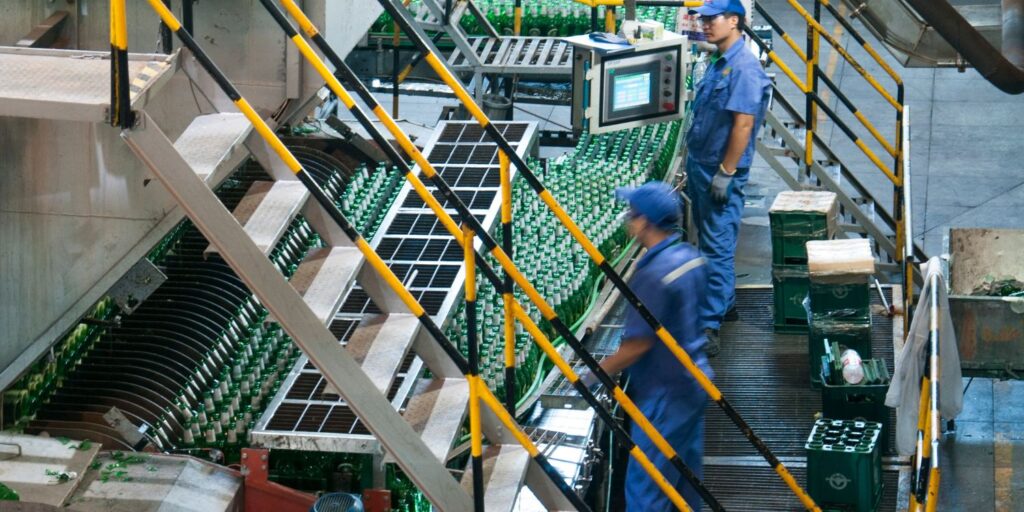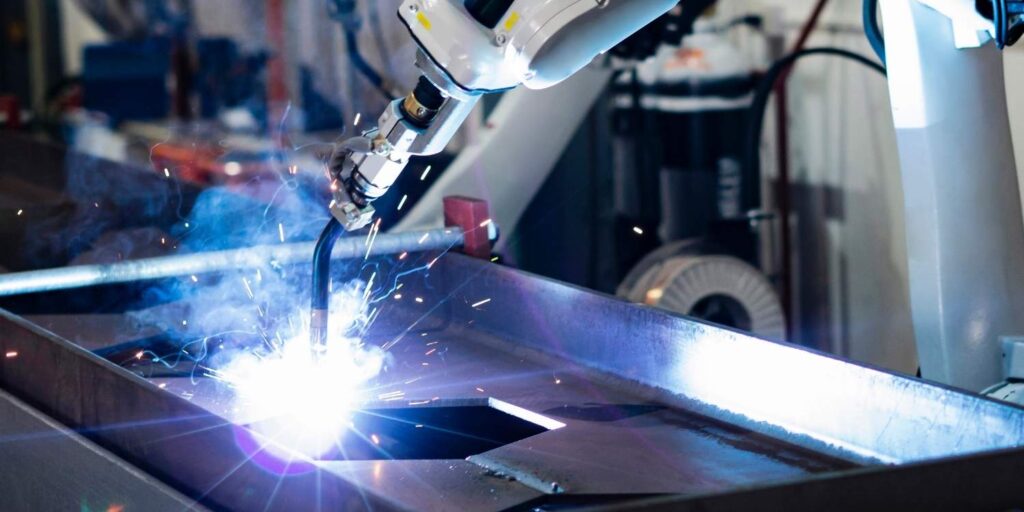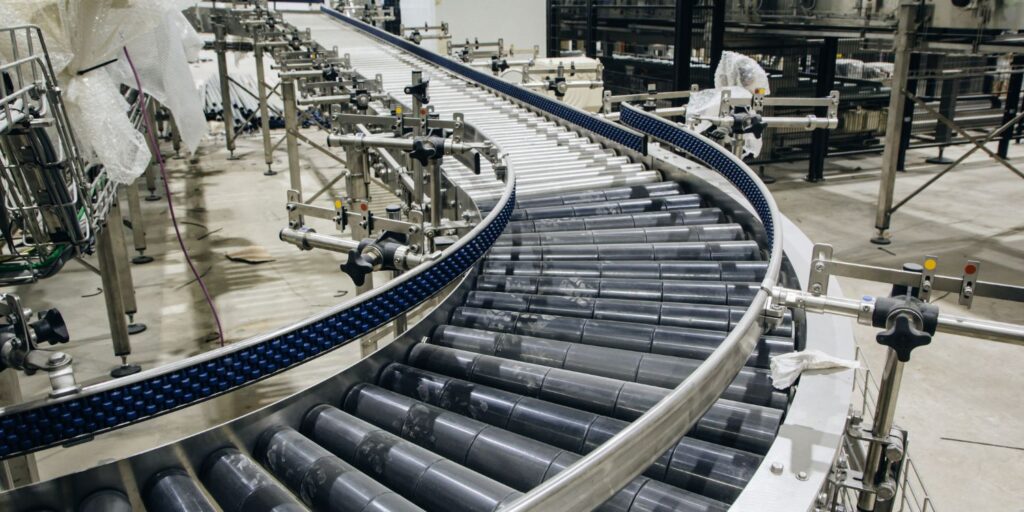Building condition assessments are crucial for maintaining the safety, efficiency, and value of properties. These assessments help identify potential defects, plan for future maintenance, and ensure compliance with regulatory standards. In this blog, we’ll explore how building condition assessments are conducted, the tools and technologies used, and the benefits they provide.
What is a Building Condition Assessment?
A building condition assessment is a detailed inspection of a property’s condition. It identifies defects, areas needing maintenance, and opportunities for improvement. Regular assessments help prevent costly repairs, ensure occupant safety, and maintain the property’s value. These assessments are vital for anyone looking to buy, sell, or maintain a property.
Key Components of a Building Condition Assessment
Structural Systems
Assessing the building’s framework is essential. This includes evaluating the foundation, load-bearing walls, beams, and columns to ensure they can safely support the structure.
Building Envelope
This involves examining the exterior walls, roofing, windows, and doors. Ensuring these elements are in good condition is crucial for protecting the interior from weather and environmental factors.
Interior Building Components
Floors, ceilings, and walls are inspected for signs of damage or wear. This also includes an assessment of interior finishes and structural elements within the building.
Mechanical Systems
HVAC, plumbing, and electrical systems are thoroughly evaluated. This ensures that all mechanical systems are functioning efficiently and safely.
Building Condition Assessment: Initial Consultation
The process begins with an initial consultation to understand the client’s needs and the scope of the assessment. This step helps tailor the assessment to address specific concerns and requirements.
Site Visit and Inspection
A comprehensive site visit follows, where inspectors use advanced tools to examine every aspect of the building. Technologies such as 3D laser scanning and Building Information Modeling (BIM) are often employed to capture detailed data.
Data Collection and Analysis
Inspectors collect and analyze data to identify current conditions and potential issues. This analysis helps in understanding the building’s overall health and pinpointing areas that need attention.
Report Generation and Follow Up
A detailed report is generated, summarizing the findings, including photos and repair recommendations. This report serves as a valuable resource for property owners to make informed decisions about maintenance and improvements.
After the report is delivered, follow-up actions include implementing maintenance plans and addressing identified issues. This ensures that the building remains in optimal condition.
Tools and Technologies Used in Building Condition Assessments
3D Laser Scanning
This technology captures precise measurements and creates accurate models of the building, helping inspectors identify issues that might not be visible to the naked eye.
Building Information Modeling (BIM)
BIM integrates various data sources to provide comprehensive insights into the building’s condition. It aids in visualizing structural elements and mechanical systems, making it easier to plan maintenance and improvements.
AutoCAD
Used for precise design and documentation, AutoCAD helps create detailed plans and layouts that are essential for understanding the building’s structure and systems.
Benefits of Building Condition Assessments
Building Condition Risk Mitigation
Identifying potential risks early helps prevent major issues down the line, ensuring the safety and reliability of the building.
Maintenance Planning
Regular assessments provide the data needed for effective maintenance planning and budgeting, helping property owners prioritize repairs and upgrades.
Regulatory Compliance
Ensuring that the building meets all relevant codes and standards is crucial for avoiding legal issues and ensuring occupant safety.
Enhanced Property Value
Maintaining the building’s condition enhances its value and appeal, making it a more attractive investment for potential buyers.
Building condition assessments are essential for maintaining property health, safety, and efficiency. They provide invaluable insights that help property owners make informed decisions about maintenance, improvements, and compliance. By leveraging advanced tools and technologies, these assessments ensure that buildings remain in optimal condition, protecting their value and functionality.
For comprehensive building survey and evaluation services, trust Crow Engineering. Our team of experienced professionals uses cutting-edge technology to deliver precise and reliable results. Contact us to learn more and schedule a consultation.
Who are we?
Crow Engineering is a multi-discipline consulting engineering firm serving mechanical, structural, and civil engineering needs for a variety of industries.
Engineering Services
the crow connection
Recent News
The Crow Connection delivers high-level insights on engineering, automation, and process optimization, helping you drive efficiency and innovation. Covering topics like AI-powered automation, manufacturing strategies, and industrial process improvements, it’s a must-read for leaders seeking a competitive edge.

